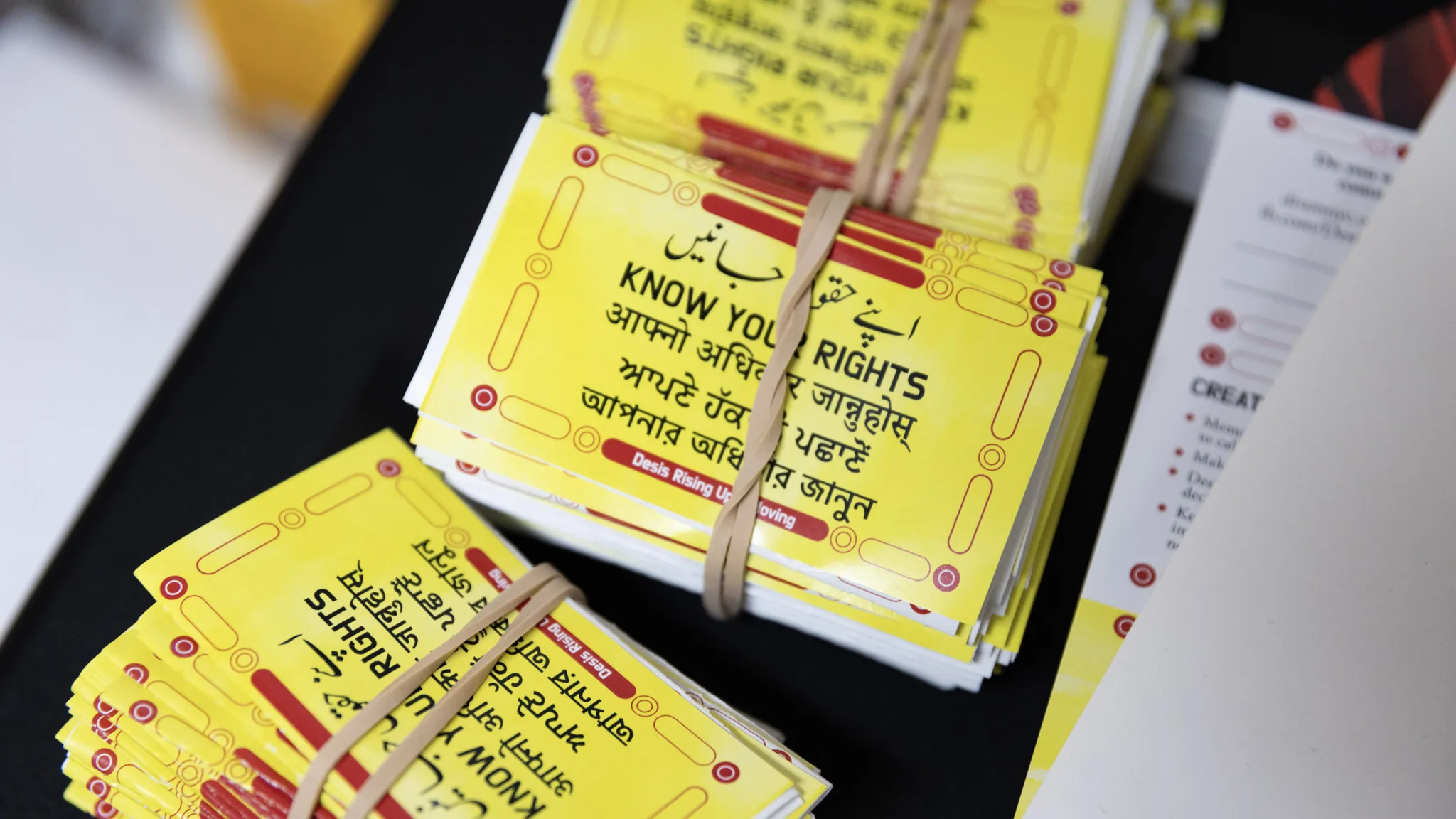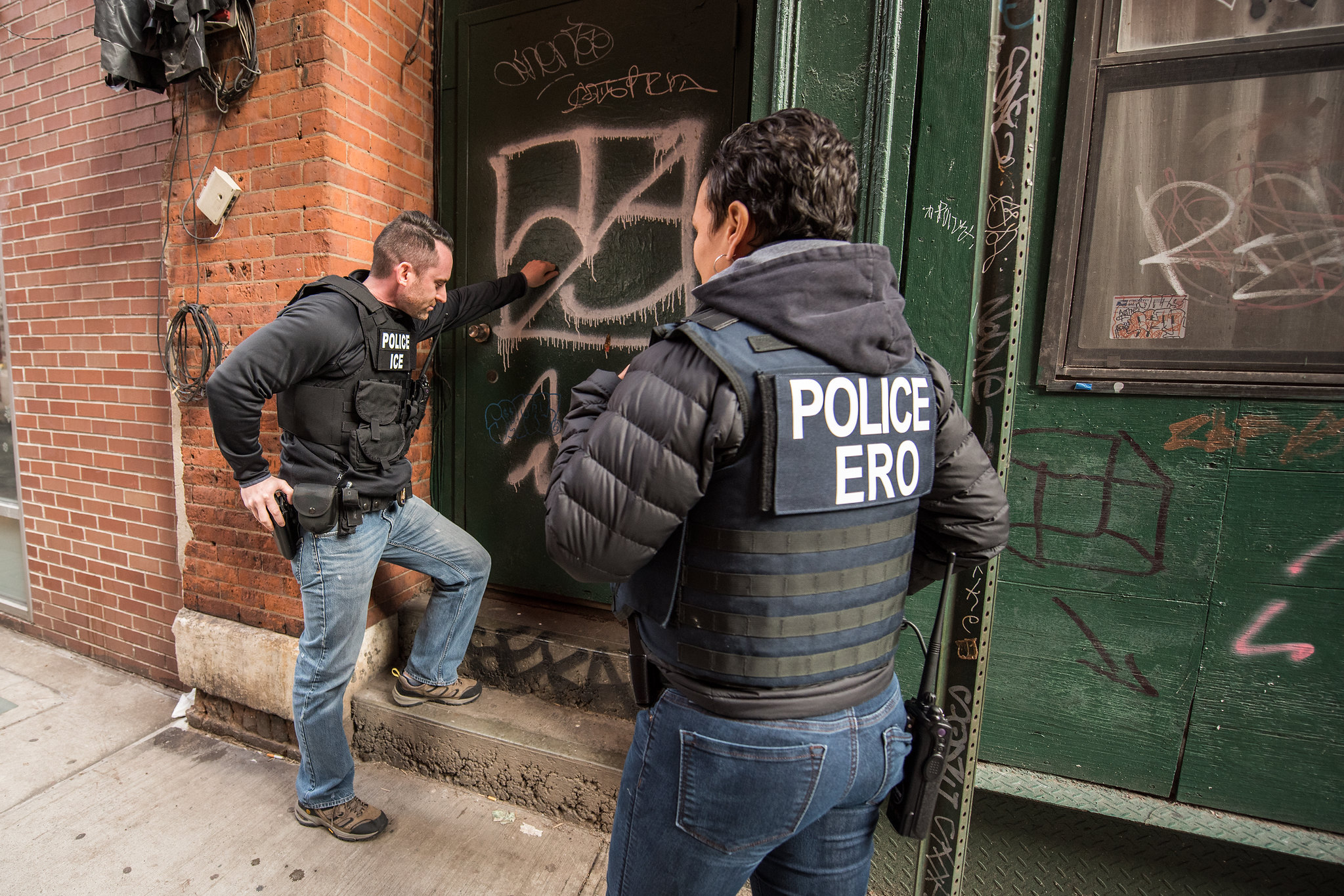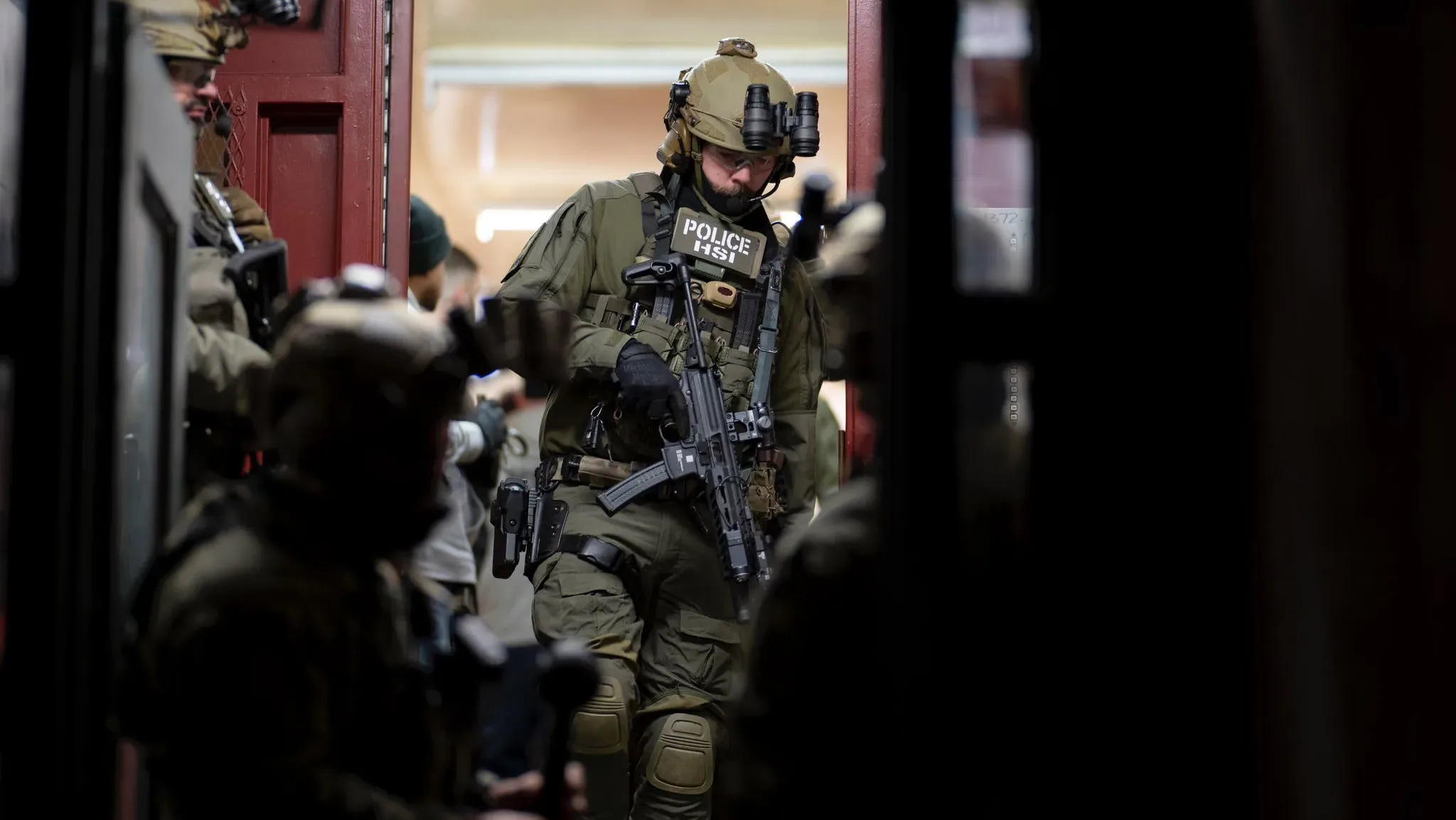Last year, after months of in-fighting among Democrats, opposition from Republicans, and technical obstacles, President Joe Biden’s Build Back Better Act died in Congress. The $1.9 trillion spending bill contained a few immigration provisions watered down from Biden’s original immigration reform proposal known as the U.S. Citizenship Act of 2021.
As the name suggests, the U.S. Citizenship Act would have established pathways to citizenship for the country’s 11 million undocumented residents, including those with special status designations such as DREAMers — those brought here unlawfully as children — and Temporary Protected Status (TPS) holders. But lawmakers opted to try passing smaller bills, including severely watered down measures where citizenship provisions were left out altogether. Some trimmed-down bills are still floating around Congress a year later, highlighting the possibility of citizenship for millions of undocumented residents who live and work here remains out of reach.
The U.S. Citizenship Act proposed sweeping immigration reforms, such as expanding legal work access for immigrants and dependents — potentially affecting 13.6 million green card holders in the U.S. — as well as providing a pathway to citizenship for millions of undocumented residents. According to the Center for American Progress, the U.S.’s undocumented workforce alone contributes an estimated $79.7 billion in federal taxes, in addition to $41 billion in state and local taxes.
What is the U.S. Citizenship Act?
The U.S. Citizenship Act of 2021, as it was officially known, featured a bevy of immigration reform measures that can largely be divided into three components: providing work-related reforms for both immigrants with legal statuses and undocumented immigrants; modernizing border security measures; and addressing root causes of migration to the U.S. from the south. The legislation was introduced into Congress in February last year through bicameral bills sponsored by Sen. Bob Menendez, a Democrat from New Jersey, and Democratic Congresswoman Linda Sánchez of California.
But as Democrats sought to trim down these provisions into piecemeal policies to gain bipartisan support, the smaller bills proposed have largely focused on work-related reforms for immigrants and pathways to citizenship for those who are undocumented, avoiding border security components that may be more appealing to centrists and Republicans especially ahead of midterm elections.
Last year, after months of in-fighting among Democrats, opposition from Republicans, and technical obstacles, President Joe Biden’s Build Back Better Act died in Congress. The $1.9 trillion spending bill contained a few immigration provisions watered down from Biden’s original immigration reform proposal known as the U.S. Citizenship Act of 2021.
Also Read: Green Card Holders Are Able to Vote in NYC Elections
As the name suggests, the U.S. Citizenship Act would have established pathways to citizenship for the country’s 11 million undocumented residents, including those with special status designations such as DREAMers — those brought here unlawfully as children — and Temporary Protected Status (TPS) holders. But lawmakers opted to try passing smaller bills, including severely watered down measures where citizenship provisions were left out altogether. Some trimmed-down bills are still floating around Congress a year later, highlighting the possibility of citizenship for millions of undocumented residents who live and work here remains out of reach.
The U.S. Citizenship Act proposed sweeping immigration reforms, such as expanding legal work access for immigrants and dependents — potentially affecting 13.6 million green card holders in the U.S. — as well as providing a pathway to citizenship for millions of undocumented residents. According to the Center for American Progress, the U.S.’s undocumented workforce alone contributes an estimated $79.7 billion in federal taxes, in addition to $41 billion in state and local taxes.
But the U.S. Citizenship Act was ultimately abandoned by lawmakers in favor of smaller separate bills, given the unlikelihood that such sweeping reforms would gain enough support from Republicans and conservative Democrats to pass the Senate. Some smaller measures have stalled in Congress while others have perished as part of the broader Build Back Better bill.
Work protections and reforms for immigrants, documented or not
Within this component of the U.S. Citizenship Act, the bill’s most notable measures aimed to provide a clear pathway to citizenship for different groups of undocumented immigrants. It established an eight-year path to citizenship for undocumented immigrants who pass background checks and paid taxes, without having to fear being deported. The citizenship measure also extended to Deferred Action for Childhood Arrivals recipients, TPS holders, and farmworkers, providing these groups with an expedited three-year path to citizenship.
This component of the bill also targeted reforms for immigrants with legal status. In addition to reducing the residence requirement for naturalization from five years to three years for all lawful permanent residents, the bill would cut down the severe visa backlog for green card holders and their families by recapturing unused visas from previous years to be allocated to family members of green card holders, with the goal of keeping families together. It also allows for approved family members to join their families in the U.S. temporarily while waiting for green card approval.
Beyond that, the bill would expand access to green cards for low-wage immigrant workers and give work authorization to dependents of H-1B visa holders, among other work-related reforms.
Modernizing U.S. border security measures
This component of the U.S. Citizenship Act was meant to draw away from ineffective and costly measures like constructing a physical border wall along the U.S.’s southern border.
The bill’s border security measures would push the adoption of technology-based techniques instead, prioritizing the use of tech tools to detect illicit drug trafficking through ports of entry. The bill would also authorize funding to upgrade the infrastructure of immigration processing facilities at entry ports to improve officials’ ability to process asylum seekers.
Notably, this component of the bill includes the No Ban Act, which would prohibit discriminatory bans similar to former President Donald Trump’s previous Muslim travel bans by raising the standards for such action to be used.
Addressing root causes of migration to the U.S.
The third component of the U.S. Citizenship Act was aimed at reducing the flow of migration from the south by addressing the deep-rooted factors driving migration to the U.S., such as violence and poverty. Since taking office, Biden has sought to build partnerships with countries in Central America’s Northern Triangle — comprised of Guatemala, Honduras, and El Salvador — to tackle these root issues, an endeavor that has been primarily overseen by Vice President Kamala Harris.
Among the measures within this component was the creation of safe legal channels for people to seek asylum protections while based in Central America, a means to deter individuals from trekking to the U.S.’s southern border, a perilous journey that kills hundreds of people each year.
This component of the bill would also establish new programs and upgrade existing ones to prevent migrant children from being separated from their families for prolonged periods of time as had happened under the country’s previous “zero tolerance” policy. Namely, the bill would create a new Central American Family Reunification Parole Program, which would grant parole to certain citizens of Central American countries to enter the U.S., and revamp the existing Central American Minors Program, which allows at-risk children to come to the U.S. as refugees.
Modernizing U.S. border security measures
This component of the U.S. Citizenship Act was meant to draw away from ineffective and costly measures like constructing a physical border wall along the U.S.’s southern border.
The bill’s border security measures would push the adoption of technology-based techniques instead, prioritizing the use of tech tools to detect illicit drug trafficking through ports of entry. The bill would also authorize funding to upgrade the infrastructure of immigration processing facilities at entry ports to improve officials’ ability to process asylum seekers.
Notably, this component of the bill includes the No Ban Act, which would prohibit discriminatory bans similar to former President Donald Trump’s previous Muslim travel bans by raising the standards for such action to be used.
What happened to the U.S. citizenship act?
It was unlikely that the U.S. Citizenship Act’s sweeping immigration legalization would gain enough bipartisan support to pass into law, given Democrats’ thin majority in the Senate. Lawmakers decided to move forward with piecemeal immigration legislation instead.
In March 2021, the House voted to pass two separate immigration bills: the American Dream and Promise Act and the Farm Workforce Modernization Act. The American Dream and Promise Act offers a conditional 10-year pathway to citizenship for roughly 3.6 million DREAMers. It also grants a shorter pathway to citizenship for the roughly 400,000 TPS recipients living in the U.S., who would be eligible for green cards if they met specific requirements, and would eventually be allowed to apply for citizenship. Meanwhile, the Farm Workforce Modernization Act makes reforms to the H-2A temporary worker program for noncitizen agricultural workers, including the creation of an entirely new status for farmworkers with protections from deportation. The bill would impact 2.4 million farmworkers in the U.S., the majority of whom are immigrants.
In May 2021, House and Senate lawmakers introduced bicameral bills for another separate citizenship bill, the Citizenship for Essential Workers Act. The legislation provides a citizenship pathway specifically for undocumented essential workers, estimated to be more than 5 million undocumented workers in the U.S.
All three pieces of immigration legislation have stalled in Congress due to a lack of bipartisan support, despite various polls showing broad public approval toward providing a pathway to citizenship for certain undocumented immigrant groups.
By summer 2021, Senate Democrats began pushing watered-down immigration provisions as part of Biden’s comprehensive Build Back Better Act. A version of the bill that passed through the House later in November carried five trimmed-down immigration provisions—none of which offered a pathway to citizenship for undocumented immigrants.
Democrats opted to pass the Build Back Better Act through Congress’ budget reconciliation process so they could bypass the filibuster, which requires 60 votes for any legislation to pass the Senate. Through reconciliation, the bill would only need a simple majority vote to pass—given Democrats’ slim majority, Vice President Harris, who presides over the Senate, could be the deciding vote to pass the legislation. However, not every legislative item meets the criteria for budget reconciliation. That’s where the parliamentarian comes in to advise the Senate on which items are allowed in the reconciliation bill.
Senate Parliamentarian Elizabeth MacDonough rejected multiple variations of immigration measures that Democrats tried to include in the budget plans. The final proposal rejected in December included immigration provisions that would expand the Department of Homeland Security’s authority to grant temporary work authorization for certain undocumented immigrants through “immigration parole,” allowing undocumented persons living in the U.S. five years of work authorization with an option to extend another five years thereafter. According to an analysis of the provision in the House bill by the Congressional Budget Office (CBO), the measure would have directly benefited 7 million undocumented immigrants.
The nature of MacDonough’s rulings was nonbinding, but Democrats resisted bypassing the parliamentarian’s advice for fear of setting a precedent that could be used by Republicans when they are in control of the legislature.
As such, the Build Back Better Act — including the limited immigration measures within it — was not passed by Congress. But there is still hope for some immigration measures to get passed this year. The House and the Senate have approved their own versions of the United States Innovation and Competition Act of 2021 meant to boost the U.S.’s ability to compete economically against its global rival China. Something to watch in the upcoming months will be lawmakers’ reconciliation of the separately approved bills, which could include reforms related to so-called “highly-skilled” immigrants working in the STEM fields.














